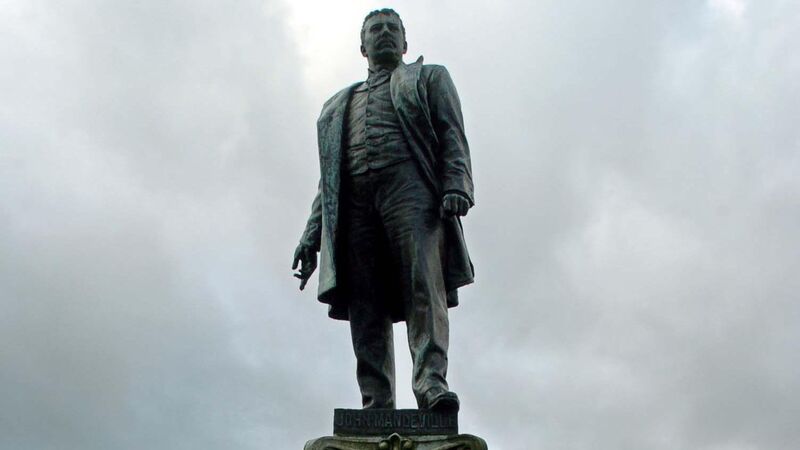Cork In 50 Artworks, No 8: John Mandeville statue, Mitchelstown

John Mandeville Memorial, Mitchelstown, Co. Cork. Picture Denis Minihane
There is a recurring legend in North Cork involving some unnamed person – usually 'found-on' in a public house, or caught coming from one without a light on their bike - giving their name to the gardaí as “John Mandeville, the Square, Mitchelstown”.
The humour derives from the notion of the garda not knowing the most famous person in Mitchelstown, even if those telling or hearing the tale sometimes know little enough themselves about Mandeville beyond his big green statue in the Square.







